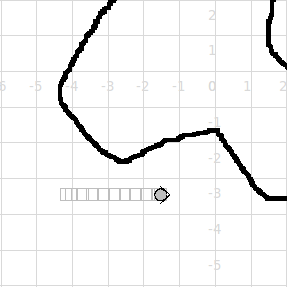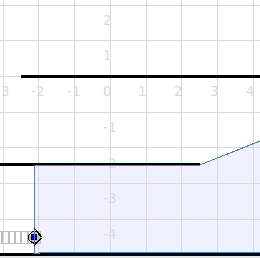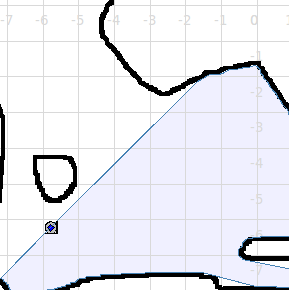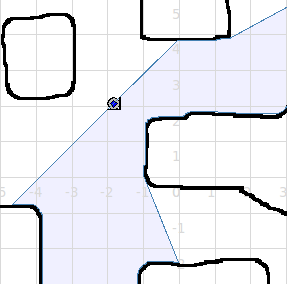
[Project I] [Project II] [Project III] [Project IV] [Project V] [Project VI]
The projects for this course will introduce you to some of the practical aspects of robotics.
More specifically we will work through a graduated series of projects that use the Player/Stage suite, and sometimes we'll run these programs on real robots.
I'll provide computers with all the necessary software installed. If you want to set up your own machine (either to bring to class or to work on the projects at home), then here are some instructions.
[Project I] [Project II] [Project III] [Project IV] [Project V] [Project VI]

The main part of the project will be to do a simple dead-reckoning navigation exercise, replicating Borenstein's classic experiment.
[Project I] [Project II] [Project III] [Project IV] [Project V] [Project VI]

The project makes use of odometry and the robot bumper.
[Project I] [Project II] [Project III] [Project IV] [Project V] [Project VI]

There are two simple navigtion tasks. First using a camera to navigate using colored beacons, and then using a laser to do corridor/wall following.
[Project I] [Project II] [Project III] [Project IV] [Project V] [Project VI]

In the project we first consider using "fake localization" in which the simulator tells the robot where it is, and move on to using a localization system that is based on sensor data.
[Project I] [Project II] [Project III] [Project IV] [Project V] [Project VI]

In the project we again use "fake localization" to allow us to concentrate on the robot following the plan.
[Project I] [Project II] [Project III] [Project IV] [Project V] [Project VI]

In the project we again use "fake localization" to allow us to concentrate on the robot following the plan.